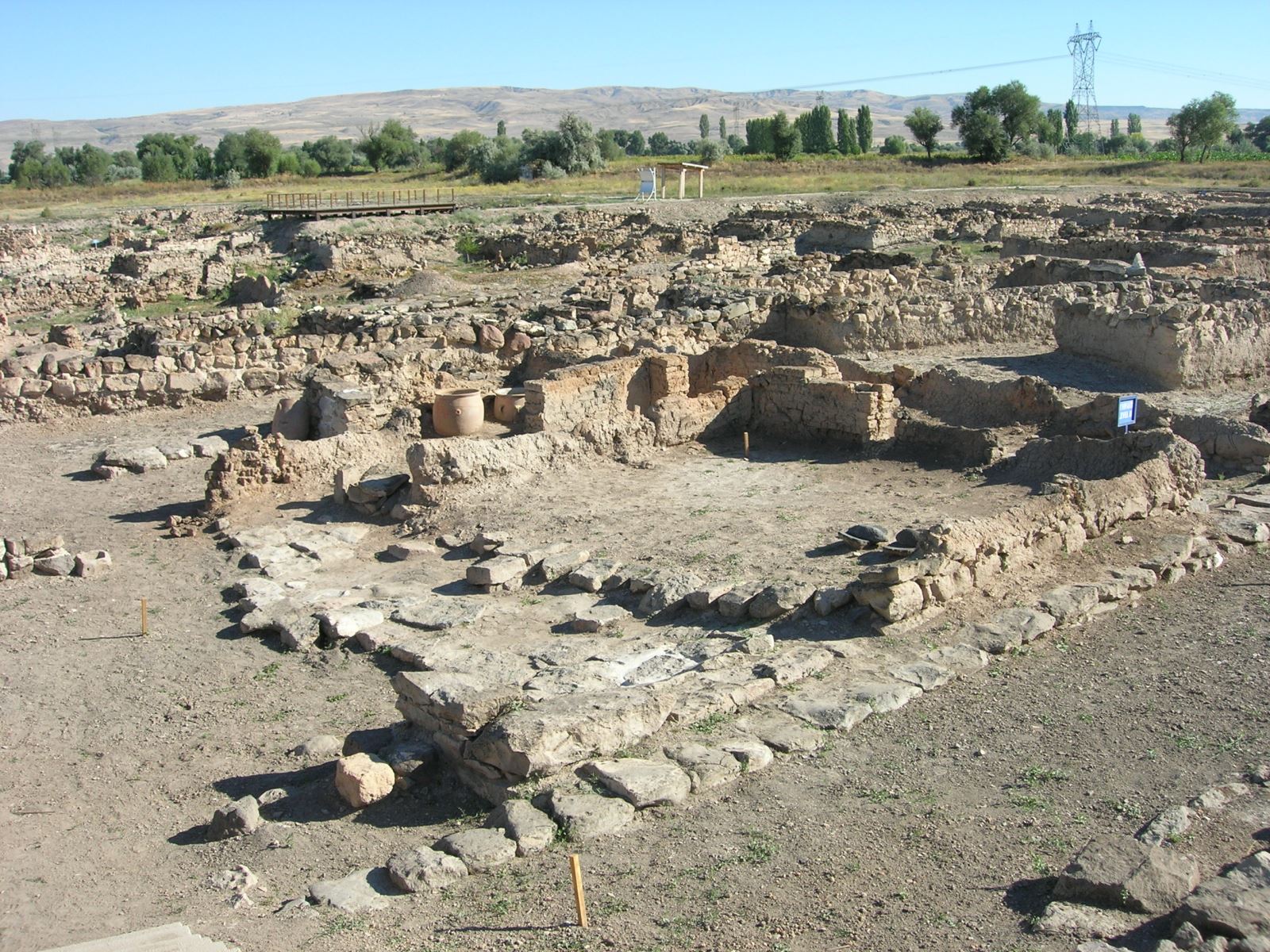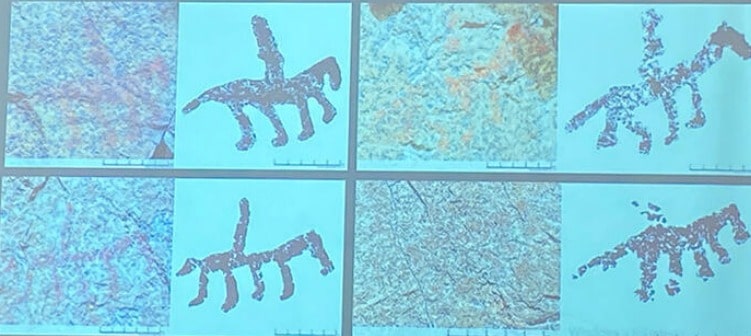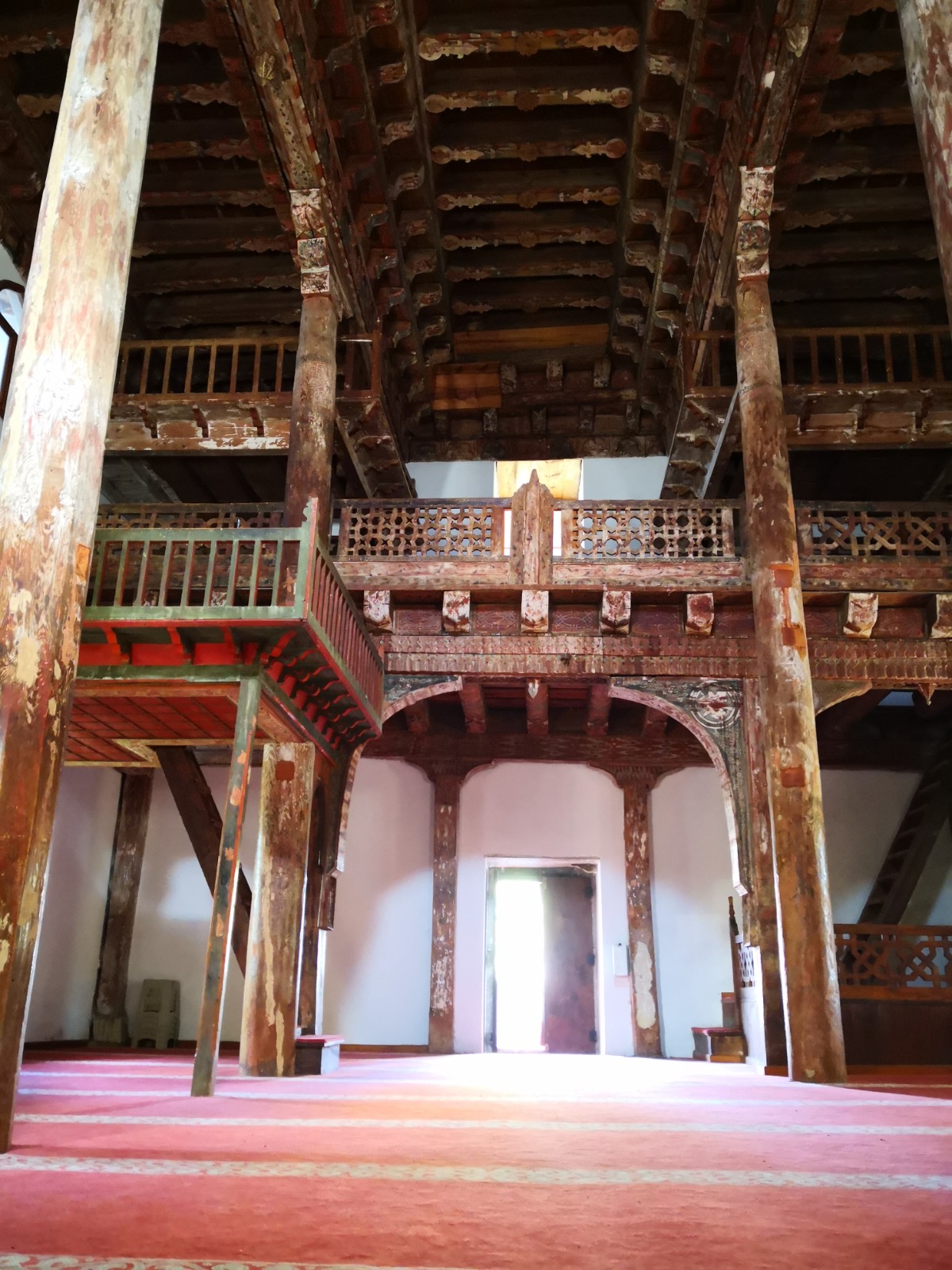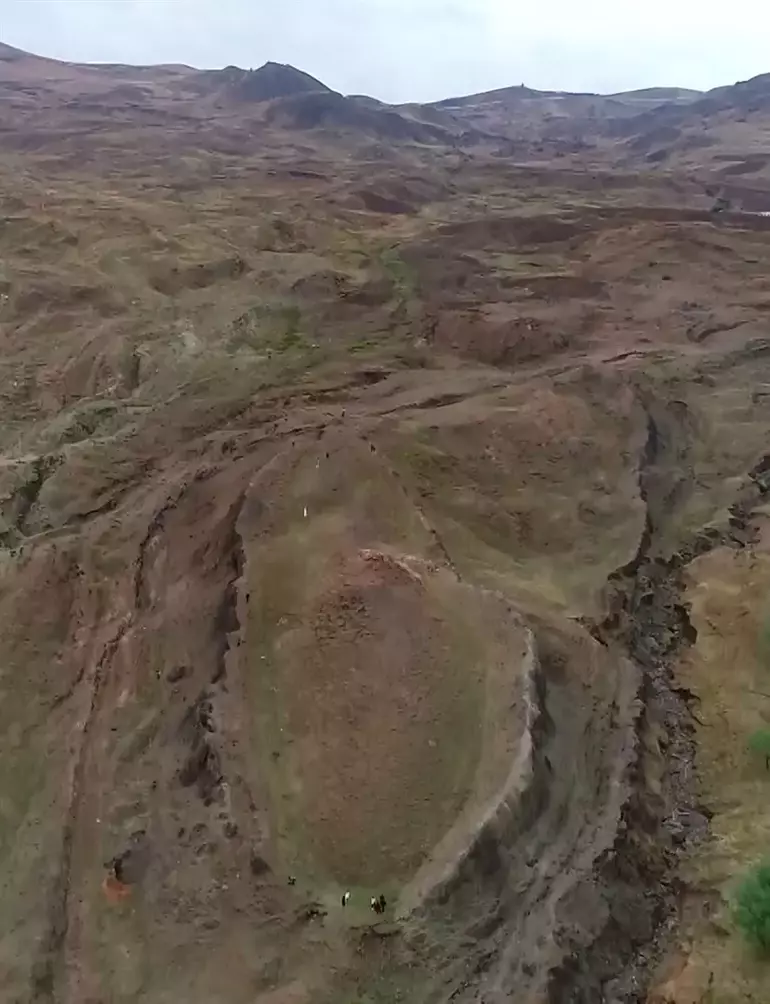Istanbul’s hidden tunnels were discovered during the restoration works in Rumeli Fortress by the Istanbul Metropolitan Municipality.
Rumeli Fortress is located in Sarıyer district of Istanbul.
It was built by Sultan Mehmet the Conqueror before the Conquest of Istanbul, in order to prevent attacks from the Black Sea, in the narrowest part of the Bosphorus (698 m), directly opposite the Anatolian Fortress on the Anatolian side. The fortress covers an area of 30 acres.
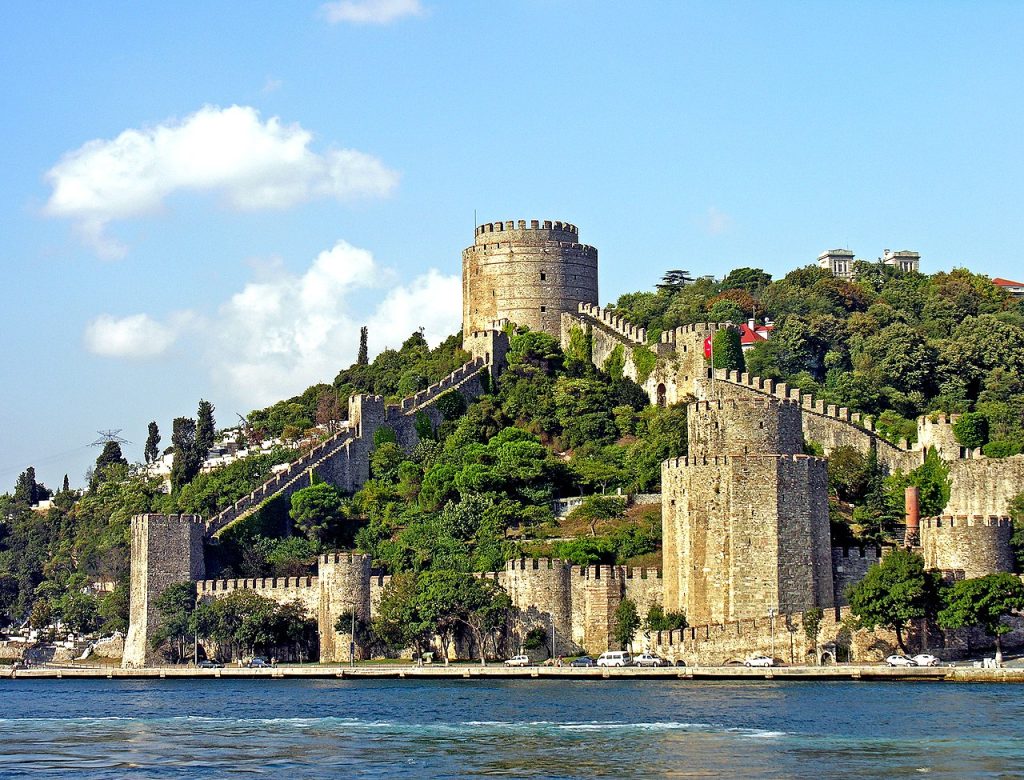
Rumeli Fortress was built in 4 months using 300 craftsmen, 700-800 workers, 200 cartmen, boatmen and transporters. The fact that it was built in such a short time shows how advanced Ottoman engineering and architecture was.
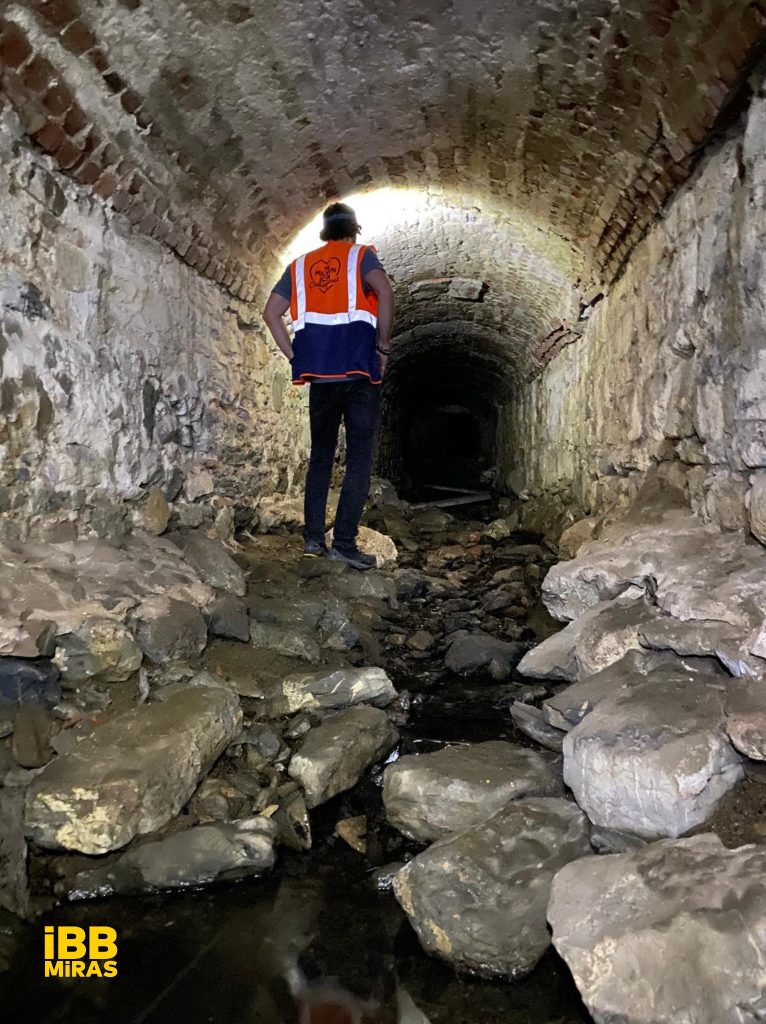
IBB Deputy Secretary General Mahir Polat announced the discovery of the secret passages under Rumeli Fortress on his social media account.
Making a statement on his social media account X, Polat said, “A magnificent discovery worthy of the 571st year of the conquest… We have uncovered the secret passages under Rumeli Fortress. We share with you the first images of the area that we will share with the public very soon. Our Rumeli Fortress restoration continues.”
Mahir Polat made a statement at the Rumeli Fortress restoration construction site.
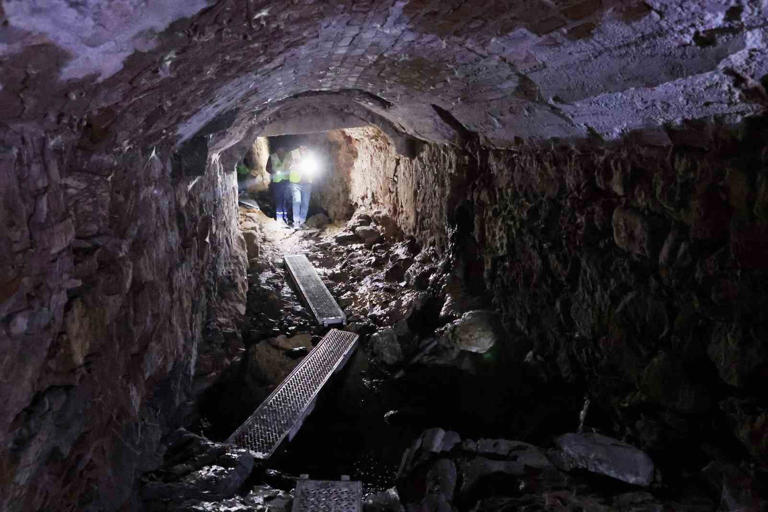
Mahir Polat said that Rumeli Fortress was built in a short period of 4 months in 1452, one year before the conquest of Istanbul as the most important symbol of the conquest. Explaining that during the ongoing restoration of the historical structure, they reached a find that will shed light on the social and military history of the structure, Polat stated that the purpose of the passage will be revealed as a result of the research. He said that according to the first findings, it could be for water drainage or military purposes.
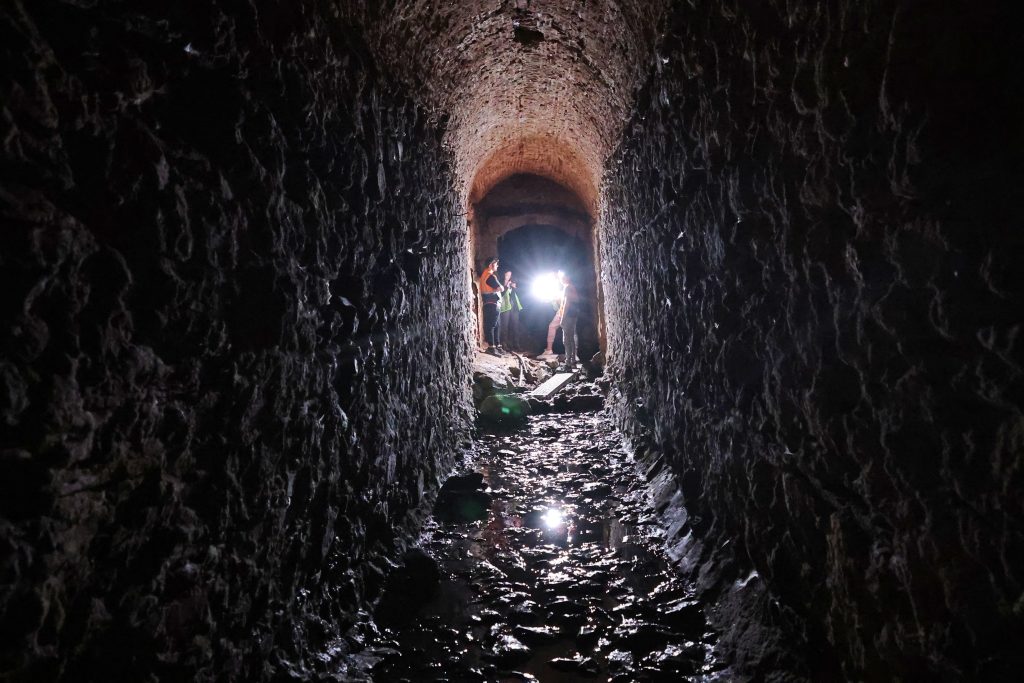
“During the restoration, a vertical section shows the findings of an underground passage, which we know to be 125 meters long, but which we guess is separated by other channels and branches inside. The passage crosses the city wall and we see that there is a floor that merges with the valley floor ahead. This is a very important find. It is a structure that should be accepted as a medieval structure. Because as you know, one year after the conquest of Istanbul, the Middle Ages were to end. In a medieval defense structure, we come across a find with underground passages. The passage was designed as a very ambitious passage corridor, starting at a height of 1-1.5 meters and reaching up to 4-4.5 meters in the cistern section in the middle of the fortress. The body walls have the same rubble knitting system as the construction technique during the construction of the fortress. The upper cover was also repaired at certain points from time to time until the early 1900s.”










